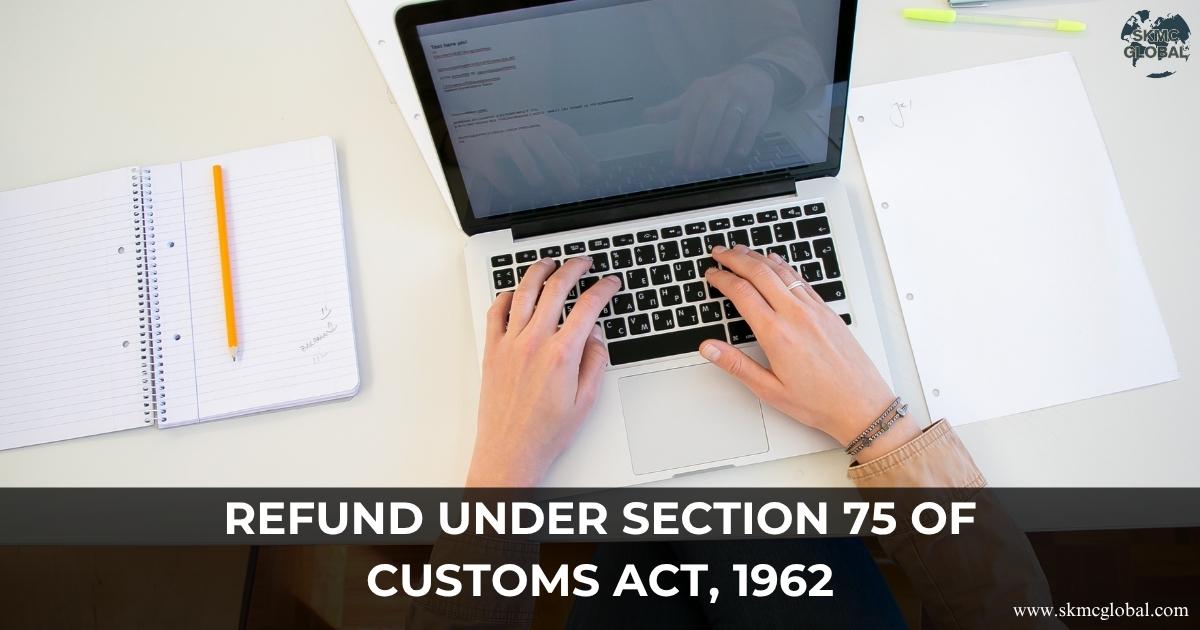
Under the international trade scenario, tax refunds and government policies are key drivers in making exports export-worthy globally. Of these, Section 75 of the Customs Act, 1962 is a very important relief mechanism for exporters — entailing a refund of duty paid on imported materials to be utilized during the manufacturing or processing of goods that are later exported from India.
Introduction to Refund Under Section 75
Section 75 of the Customs Duty Act, 1962 is perhaps the most important section to induce exports from India. It provides relief to manufacturers and exporters to reimburse customs duty paid on inputs imported against usage in the manufacture of exported goods.
This refund is referred to as duty drawback in export, which actually refunds the customs duty component that is lodged in export goods, so that exports are not saddled with any domestic tax incidence. This makes Indian goods competitively priced in the international market and aligns with the "Make in India" and "Atmanirbhar Bharat" programs.
Objective of Section 75
Section 75 aims to:
- Neutralize the effect of customs duty on imported inputs to promote exports.
- Avoid double taxation of raw materials employed in export production.
- Make Indian exports not at a disadvantage in global markets because of greater domestic cost.
- Induce compliance and transparency through electronic filing.
Essentially, Section 75 guarantees that duties under the Customs Tariff Act, 1975 are not part of the cost of export products.
Legal Framework
Duty drawback under Section 75 works under three legislative tools:
1. Customs Duty Act, 1962 – Gives the substantive legal provision for the refund (drawback) of customs duty on imported inputs utilized in the manufacture of export goods.
2. Customs Tariff Act, 1975 – Establishes the customs duty rates applicable on imported inputs.
3. Customs and Central Excise Duties Drawback Rules, 2017 – Outlines the procedure of administration, time scales, and procedure of calculating drawback amount.
All these collectively provide a fair, uniform, and streamlined refund mechanism to exporters.
What is Duty Drawback in Export?
Export duty drawback means the repayment of customs duties incurred on imported raw materials or parts utilized in the manufacture of export goods. It serves to remove the weight of customs duty from export prices, making Indian products cost-effective on foreign markets.
According to Duty drawback under Section 75, this repayment is made only if:
- Imported products are utilized in manufacture or processing of export goods.
- The exported goods are actually processed goods from India.
- Accurate documents and books establish the relationship between inputs and exported goods.
This is a fundamental part of India's export incentive scheme.
Types of Duty Drawback Under Section 75
The drawback of duty under Section 75 is categorized into two broad categories:
A. All Industry Rate (AIR) Drawback
This is a predetermined rate notified every year by the Directorate of Drawback under the Ministry of Finance. It is determined on the basis of industry-wide averages of input usage and customs duties paid.
Exporters can claim this drawback directly on their shipping bills at the export stage.
B. Brand Rate Drawback
If a product does not come under the All Industry Rate schedule, or the exporter's actual incidence of duty is more than that of the AIR, they can apply for a Brand Rate Drawback.
Here, the exporter provides input–output data on a detailed level, and the jurisdictional customs body decides a certain rate for the given product or the exporter in question.
Eligibility Criteria for Refund Under Section 75
1. The products should be produced or fabricated with the use of imported inputs on which duty has been paid.
2. The products should be exported from India within the stipulated timeframe.
3. There should be evidence of payment of duty on the imported inputs by the exporter.
4. The exporter should declare the duty drawback claim on the shipping bill during export.
5. There should be no double benefit under other export incentive programs such as Advance Authorization or DFIA.
6. The exporter is required to keep input–output correlation records according to customs requirements.
Procedure for Claiming Refund Under Section 75
1. Filing of Shipping Bill:
The exporter has to indicate the desire to avail duty drawback in the shipping bill filed during export.
2. Submission of Required Documents:
The shipping bill, invoices, packing list, and Bills of Entry (in case of imported inputs) have to be supplied electronically via ICEGATE.
3. Exam and Export Clearance:
Customs officials inspect the goods and grant export clearance.
4. Drawback Claim Processing:
The Customs Drawback Section processes the claim based on records in the Electronic Data Interchange (EDI) system.
5. Credit of Refund:
After approval of the claim, the amount of refund is electronically credited to the Customs-registered bank account of the exporter.
Calculation of Duty Drawback
Calculation of export duty drawback relies on the claim category:
- Under All Industry Rate (AIR):
The government-notified rate is utilized for a percentage of the Free on Board (FOB) value of the exports.
- Under Brand Rate:
The effective duty levied on inputs that are imported is calculated on the basis of quantity used to produce export goods.
For example, if the imported inputs of ₹10,00,000 are levied 10% customs duty, and 40% of inputs are utilized for export goods, the duty drawback would be ₹40,000 (10% of ₹4,00,000).
Time Limit for Submitting a Drawback Claim
According to Rule 13 of the Customs and Central Excise Duties Drawback Rules, 2017, the claim under Section 75 should be made within three months from the export date.
But the Commissioner of Customs can grant an extension in legitimate cases where delay is reasonably explained.
Documents Required for Claim
For refund under Section 75, exporters should keep and present the following important documents:
- Shipping Bill with the drawback claim
- Bill of Entry for imported inputs
- Export Invoice and Packing List
- Import Invoice and proof of duty payment
- Bank Realization Certificate (BRC)
- Chartered Engineer's certificate for input–output ratio
- Copy of Brand Rate or All Industry Rate approval (as the case may be)
- Export proof (EGM copy)
Proper documentation ensures quick approval and reduces the chances of rejection or audit queries.
Factors Influencing Drawback Amount
The net refund under Section 75 may differ based on a number of factors, including:
- Change in the rate of customs duty under the Customs Tariff Act, 1975
- Change in the input consumption ratio
- FOB value of exported goods
- Type and classification of inputs
- Whether any other rebate or exemption has been utilized
Therefore, exporters need to examine their import–export transactions meticulously to make precise claim filing.
Common Challenges Faced by Exporters
Exporters usually encounter the following problems while claiming duty drawback:
- Shipment bill data errors or non-declarations.
- Inconsistency between export and import documentation.
- Delayed submission of compulsory certificates.
- Uncertainty regarding input–output ratio.
- Non-realization of export proceeds within specified time.
Professional advice and documentation assistance are essential to prevent such problems and ensure smooth handling.
Role of Customs Tariff Act, 1975
Customs Tariff Act, 1975 has an important foundational role to play in deciding duty drawback since it states the rates of customs duty chargeable on imported goods. Any change in the rate of duty under this Act will have a direct bearing on the amount of drawback available to exporters under Section 75.
Thus, keeping oneself abreast with changes in tariffs is a must for proper calculation and claim optimization.
How SKMC Global Can Help?
At SKMC Global, our expertise lies in assisting manufacturers and exporters in dealing with the intricacies of customs processes, such as refunds and Section 75 duty drawback claims. Our professionals ensure that customers are provided with maximum available benefits in the shortest possible timeframe.
Our main services are:
- Eligibility Scrutiny: Determining if your exports are eligible for refund under Section 75.
- Document Scrutiny: Ensuring all records and evidences are intact.
- Filing and Submission: Filing and submitting claims online through ICEGATE.
- Co-ordination with Customs Officials: Follow-ups to ensure prompt processing and refund.
- Audit and Compliance Assistance: Support during departmental verification or post-audit examination.
- Export Incentive Schemes Advisory: Informing customers on RoDTEP, RoSCTL, SEIS, and other incentives to make the most of the aggregate export benefits.
Through an association with SKMC Global, businesses can concentrate on business development while we sort out their customs clearance and refund processing with precision and reliability.
Conclusion
The Section 75 refund mechanism of the Customs Act, 1962 is a very important pillar of India's export promotion policy. It allows recovery of customs duty paid on inputs imported for use in manufacture of export goods, thereby making exports tax-neutral and cost-effective.
In order to avail of this scheme, exporters need to have correct documentation, adhere to set procedures, and comply with custom laws. With the expert guidance of SKMC Global, the whole process—from verification of eligibility to receipt of refunds—is made smooth, clear, and hassle-free.
Recent Posts
-
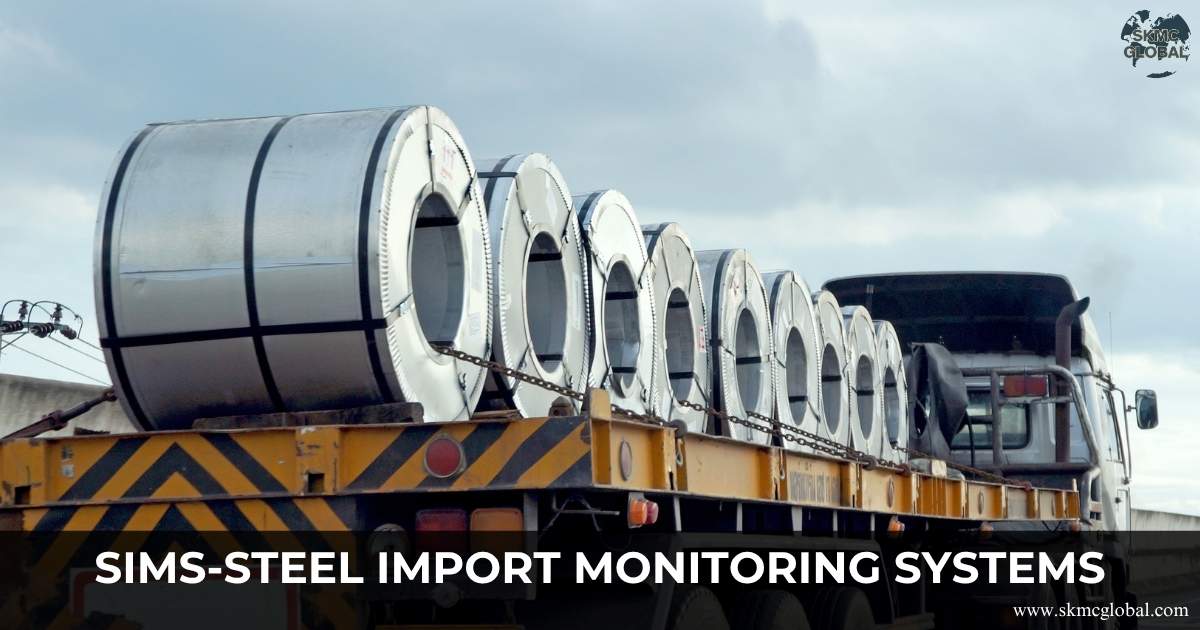 What is SIMS and When It Is Required?...
Nov 10,2025
What is SIMS and When It Is Required?...
Nov 10,2025
-
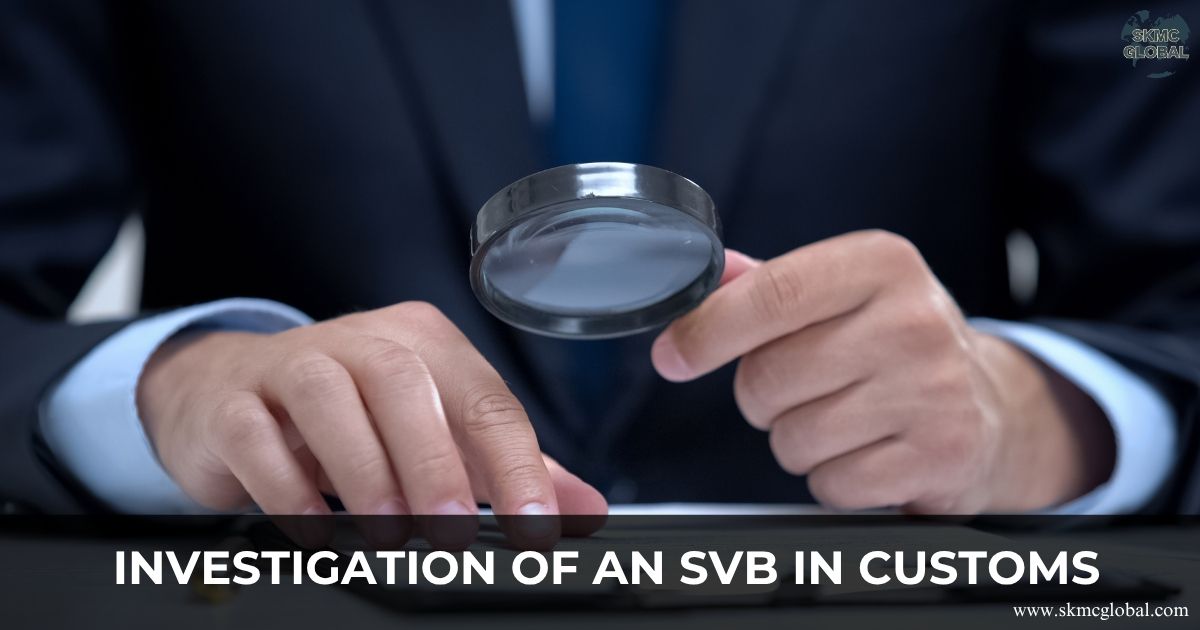 What if your SVB investigation does not satisfy cu...
Nov 04,2025
What if your SVB investigation does not satisfy cu...
Nov 04,2025
-
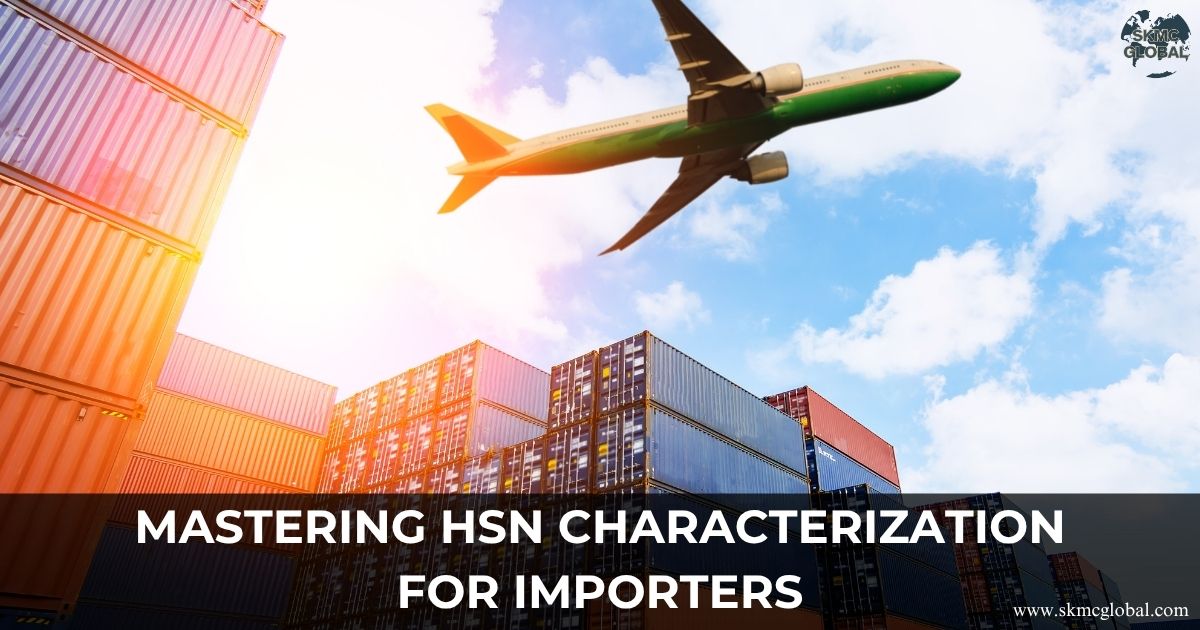 Mastering HSN Characterization for Importers...
Oct 29,2025
Mastering HSN Characterization for Importers...
Oct 29,2025
-
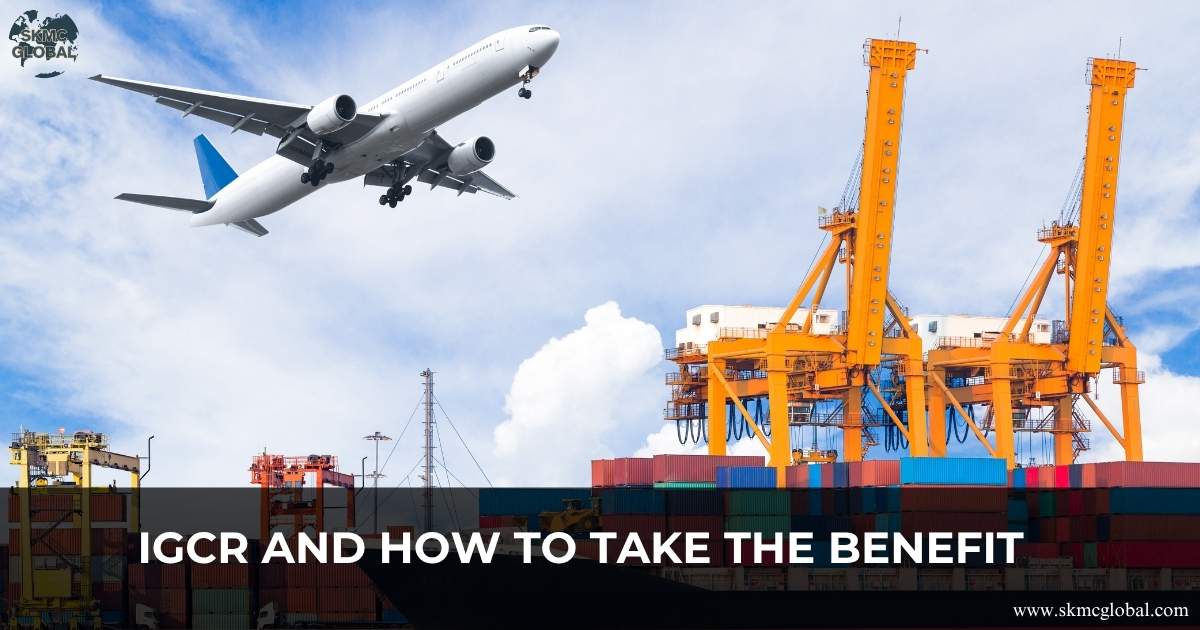 What is IGCR and How to Take the Benefit?...
Oct 18,2025
What is IGCR and How to Take the Benefit?...
Oct 18,2025
-
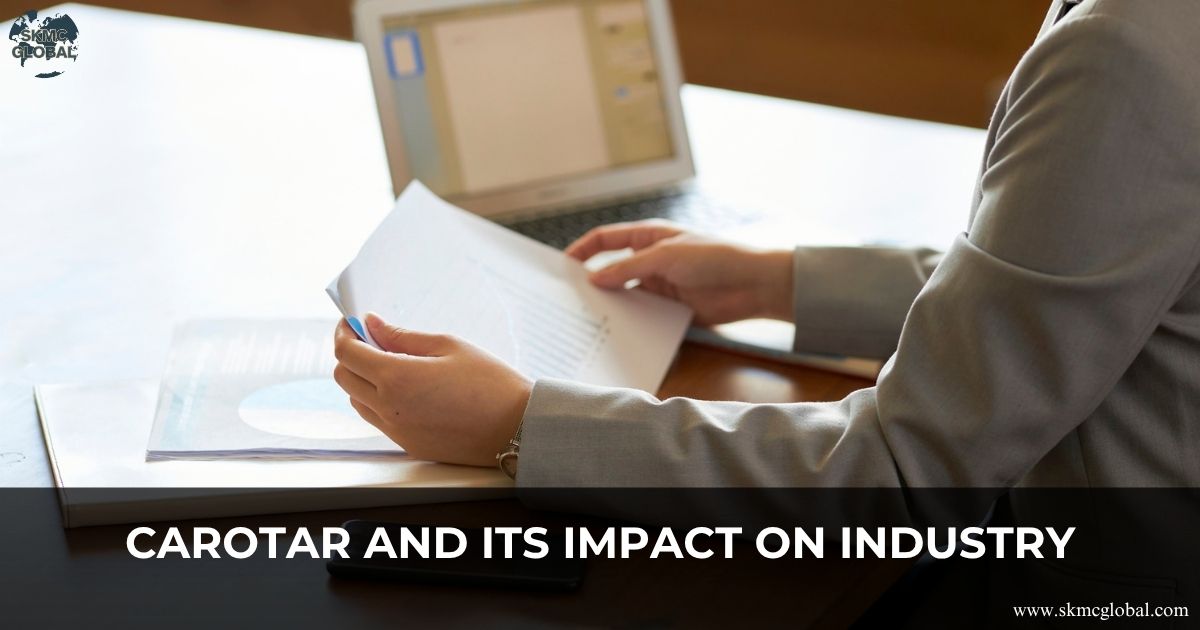 What is CAROTAR and Its Impact on Industry?...
Oct 15,2025
What is CAROTAR and Its Impact on Industry?...
Oct 15,2025
-
 India’s Free Trade Agreement with Europe ...
Oct 14,2025
India’s Free Trade Agreement with Europe ...
Oct 14,2025
-
 Comprehensive Economic Partnership Agreement of In...
Oct 13,2025
Comprehensive Economic Partnership Agreement of In...
Oct 13,2025
-
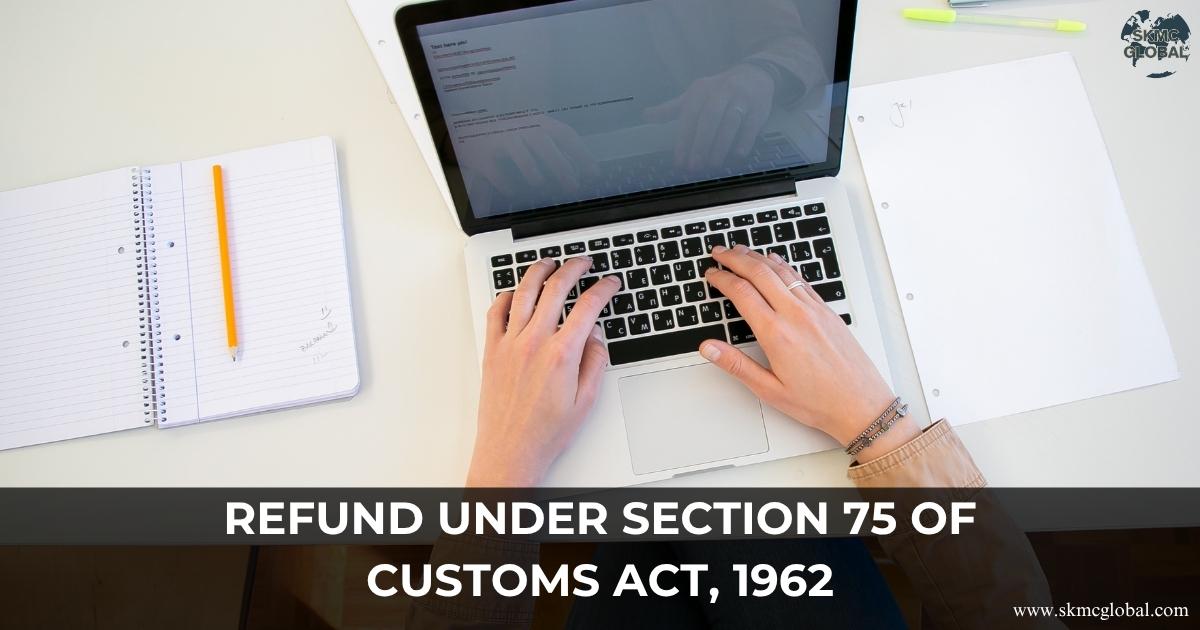 Refund under Section 75 of Customs Act, 1962...
Oct 11,2025
Refund under Section 75 of Customs Act, 1962...
Oct 11,2025
-
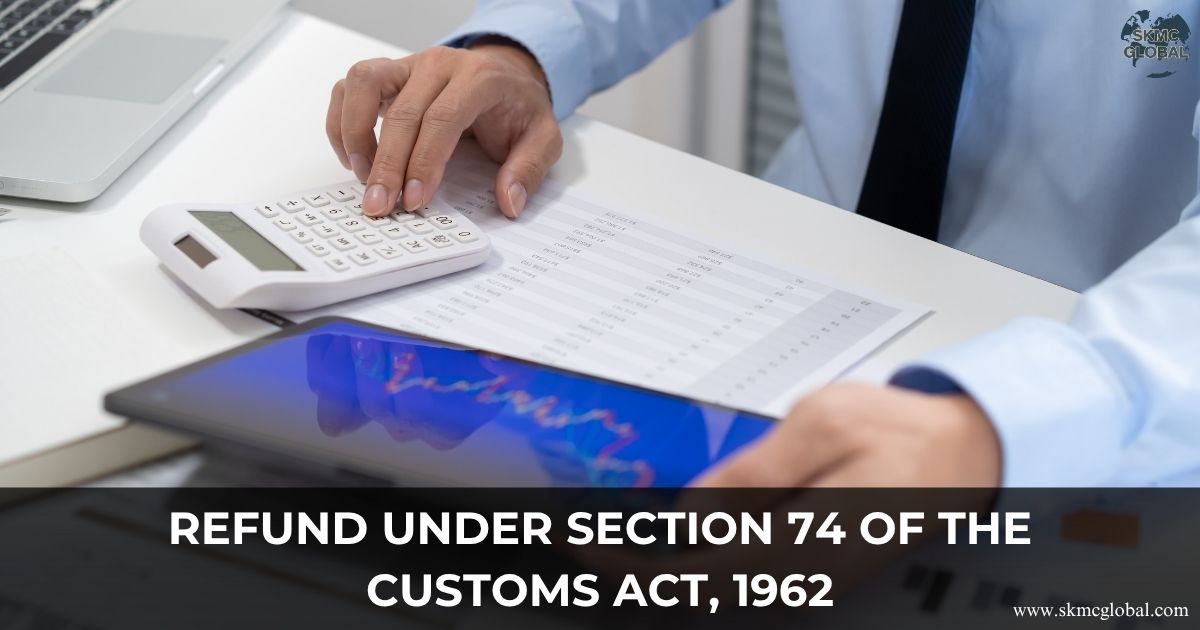 Refund under Section 74 of the Customs Act, 1962...
Oct 10,2025
Refund under Section 74 of the Customs Act, 1962...
Oct 10,2025
-
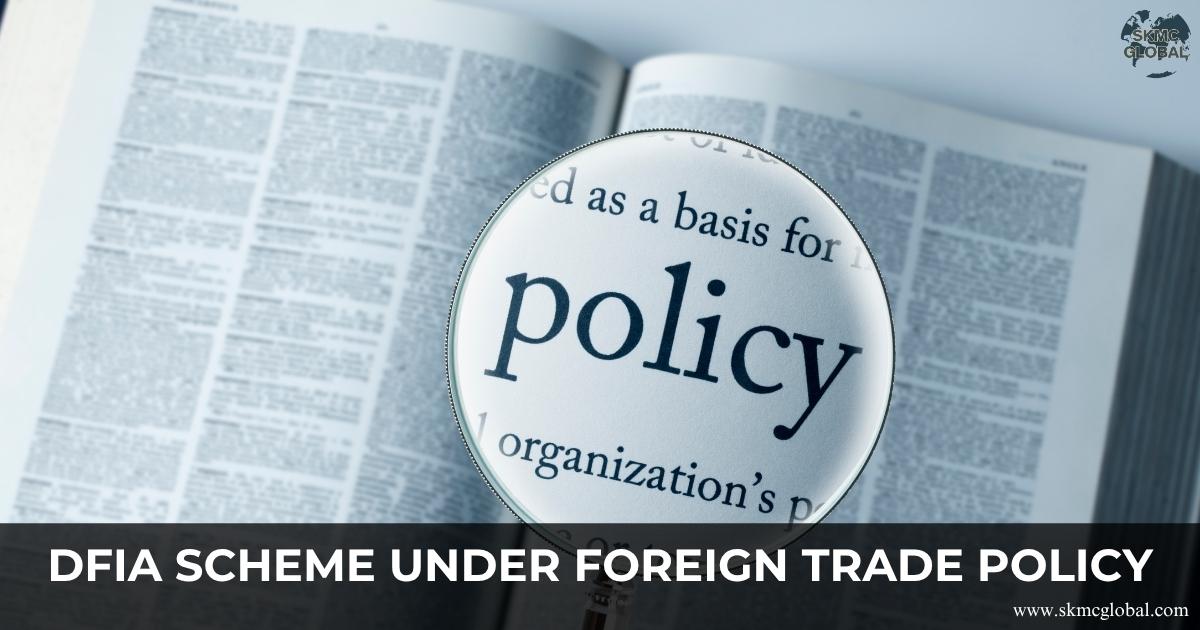 All About DFIA Scheme under Foreign Trade Policy...
Oct 07,2025
All About DFIA Scheme under Foreign Trade Policy...
Oct 07,2025
-
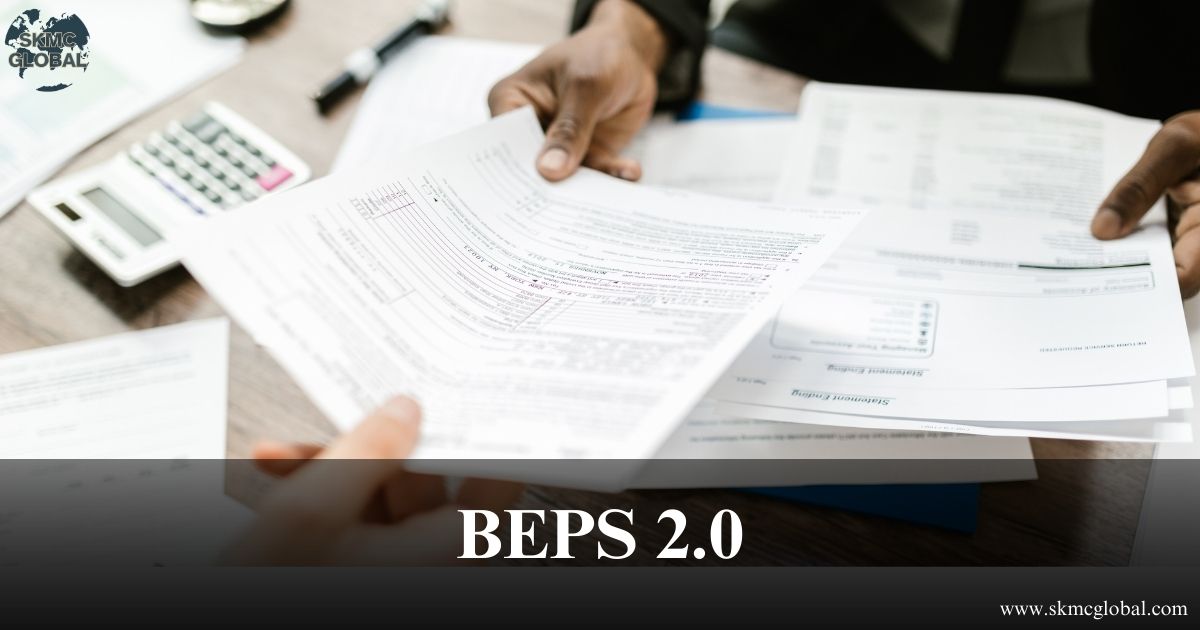 Navigating BEPS 2.0: Pillar One & Pillar Two in Tr...
Aug 16,2025
Navigating BEPS 2.0: Pillar One & Pillar Two in Tr...
Aug 16,2025
-
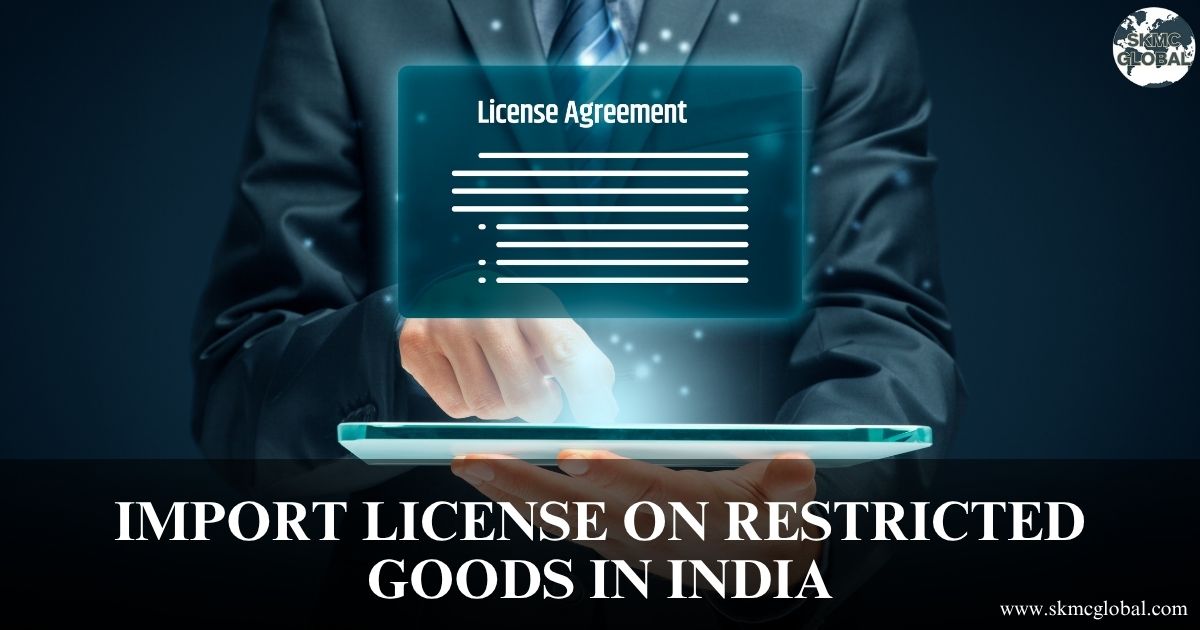 Import license on restricted goods in india...
Aug 07,2025
Import license on restricted goods in india...
Aug 07,2025
-
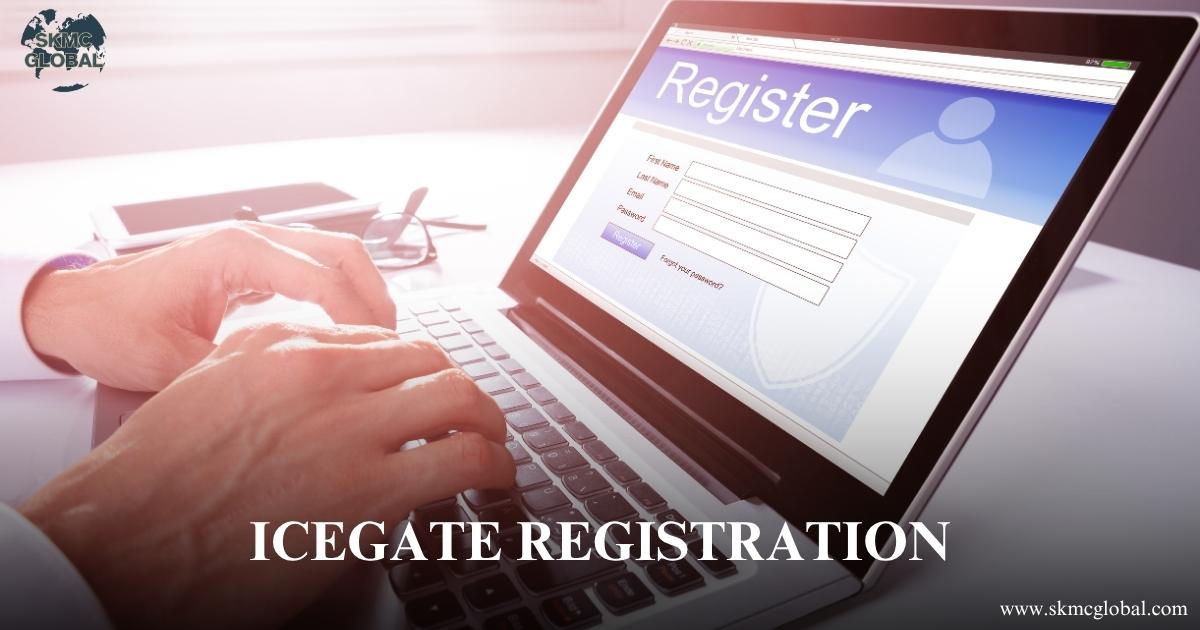 Procedure to take ICEGATE Registration...
Aug 06,2025
Procedure to take ICEGATE Registration...
Aug 06,2025
-
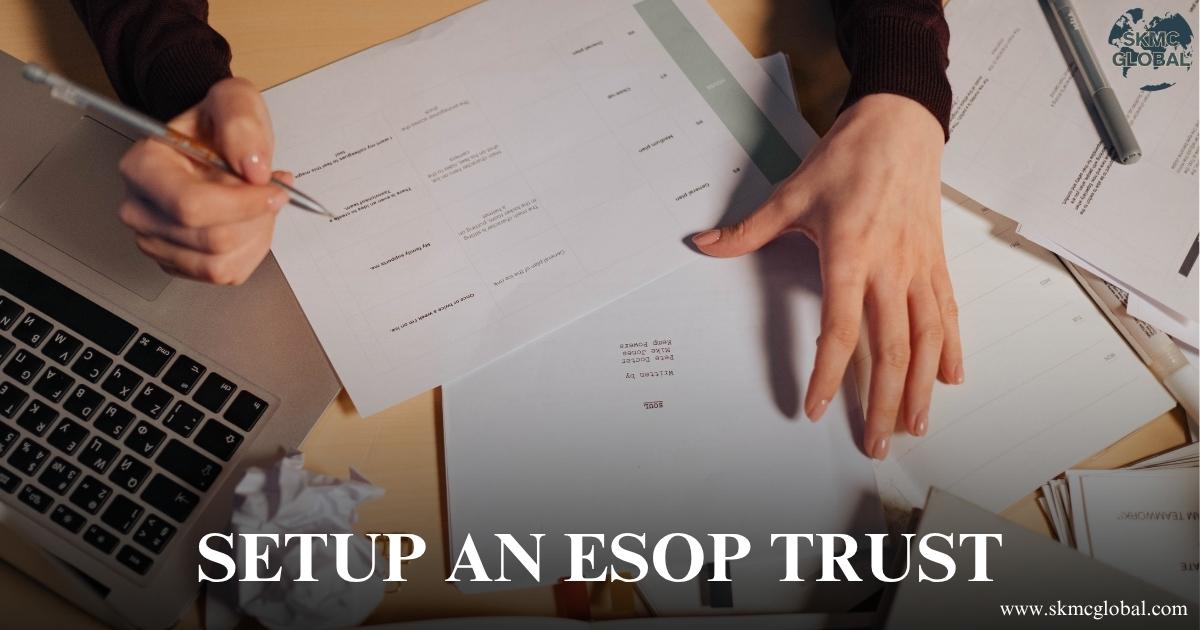 Procedure to setup an ESOP Trust...
Aug 01,2025
Procedure to setup an ESOP Trust...
Aug 01,2025
-
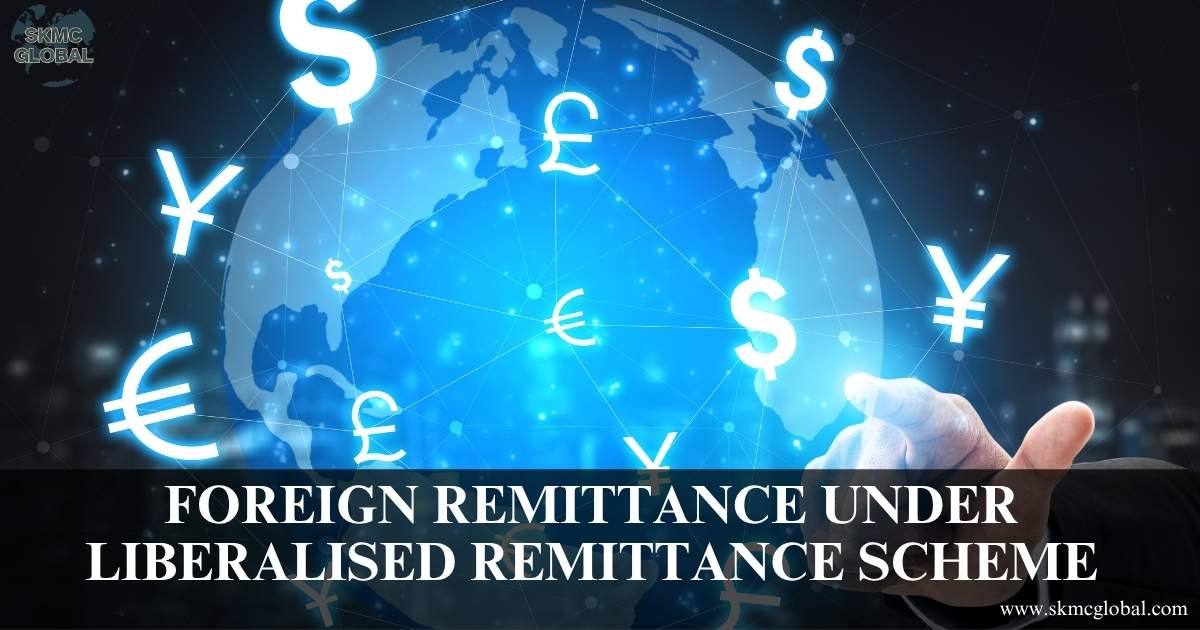 Foreign Remittance under liberalised remittance Sc...
Jul 30,2025
Foreign Remittance under liberalised remittance Sc...
Jul 30,2025
-
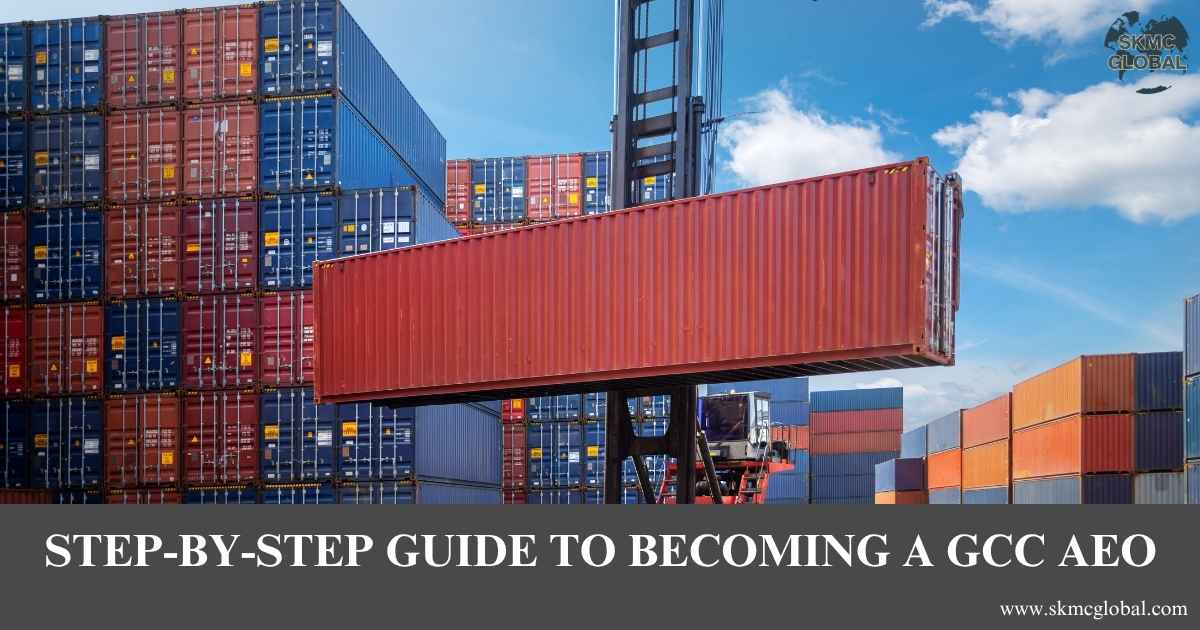 A Step-by-Step Guide to Becoming a GCC AEO...
Jul 18,2025
A Step-by-Step Guide to Becoming a GCC AEO...
Jul 18,2025
-
 Role of Mutual Recognition Agreements under AEO an...
Jul 14,2025
Role of Mutual Recognition Agreements under AEO an...
Jul 14,2025
-
 What is Anti Dumping Duty investigation and its pr...
Jul 09,2025
What is Anti Dumping Duty investigation and its pr...
Jul 09,2025
-
 Annual return requirement under RoDTEP scheme of D...
Jul 09,2025
Annual return requirement under RoDTEP scheme of D...
Jul 09,2025
-
 EPCG Registration: A Step by step Guide for Indian...
Jul 08,2025
EPCG Registration: A Step by step Guide for Indian...
Jul 08,2025
-
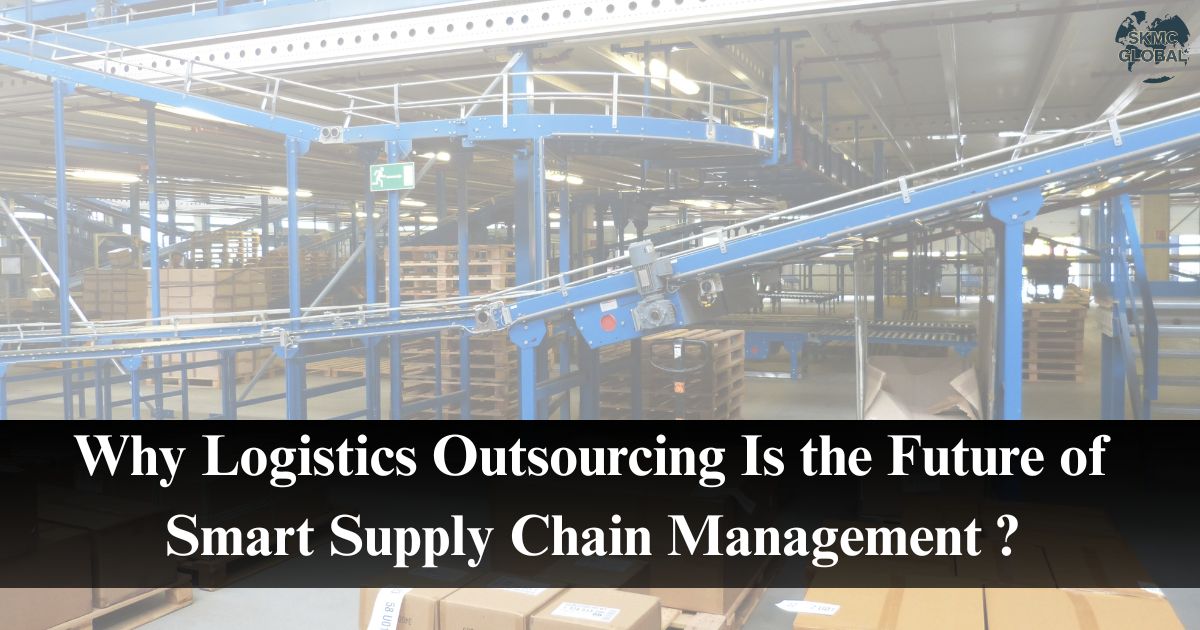 Why Logistics Outsourcing Is the Future of Smart S...
Jun 02,2025
Why Logistics Outsourcing Is the Future of Smart S...
Jun 02,2025
-
 India's Foreign Trade Agreement and Investment Tre...
May 31,2025
India's Foreign Trade Agreement and Investment Tre...
May 31,2025
-
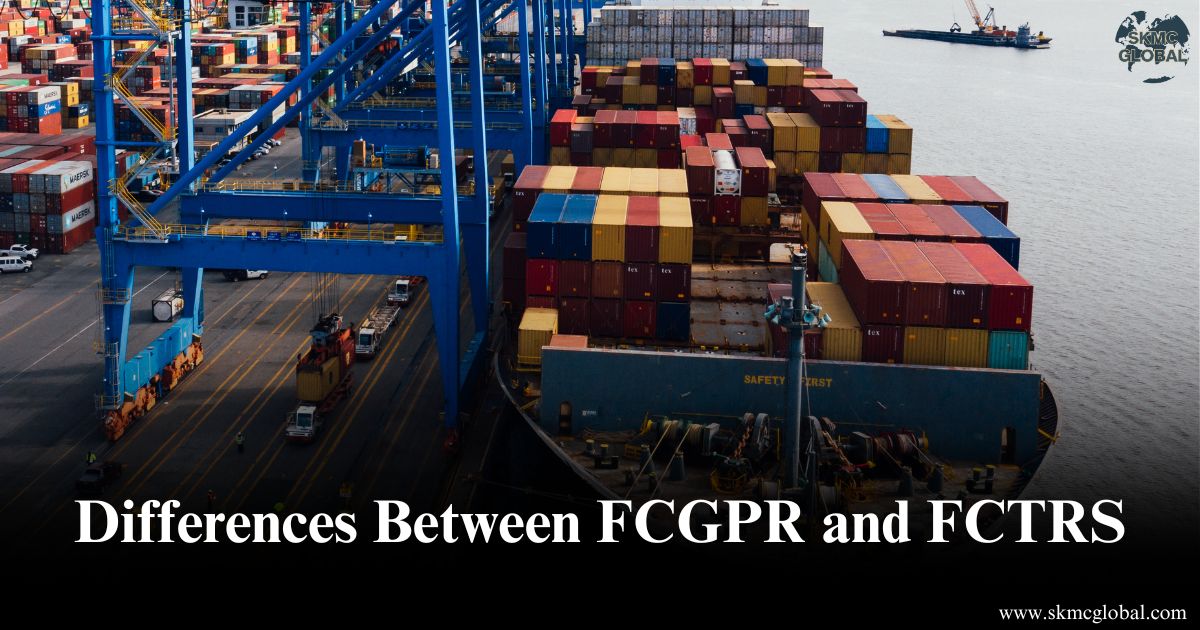 Differences Between FCGPR and FCTRS:A Comprehensiv...
May 28,2025
Differences Between FCGPR and FCTRS:A Comprehensiv...
May 28,2025
-
 Understanding FDI Norms- A Guide for Foreign Inves...
May 29,2025
Understanding FDI Norms- A Guide for Foreign Inves...
May 29,2025
-
 What you need to know about india's special econom...
May 27,2025
What you need to know about india's special econom...
May 27,2025
-
 Understanding ODI (Overseas Direct Investment) Und...
May 26,2025
Understanding ODI (Overseas Direct Investment) Und...
May 26,2025
-
 How to Track AEO Registration Application and Chec...
May 22,2025
How to Track AEO Registration Application and Chec...
May 22,2025
-
 Benefits or compliance under Indian Foreign Trade ...
May 20,2025
Benefits or compliance under Indian Foreign Trade ...
May 20,2025
-
 AEO v/s Non-AEO: Key Differences and Why Your Busi...
May 19,2025
AEO v/s Non-AEO: Key Differences and Why Your Busi...
May 19,2025
-
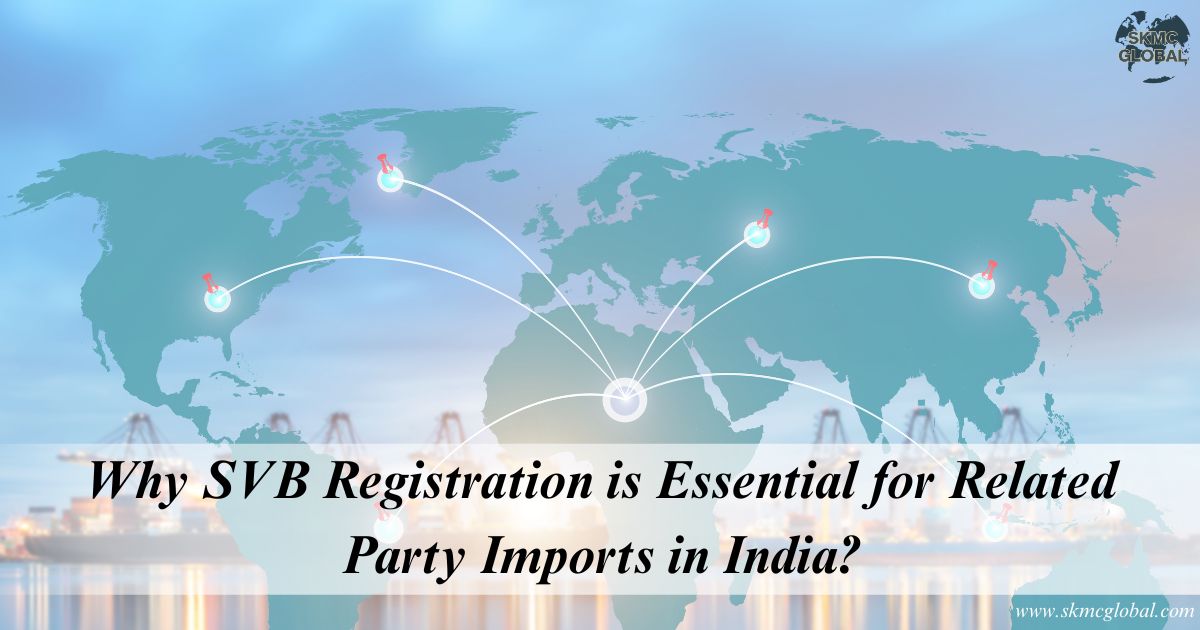 Why SVB Registration is Essential for Related Part...
May 19,2025
Why SVB Registration is Essential for Related Part...
May 19,2025
-
 How Mutual Recognition Agreements Augment AEO Cert...
May 15,2025
How Mutual Recognition Agreements Augment AEO Cert...
May 15,2025
-
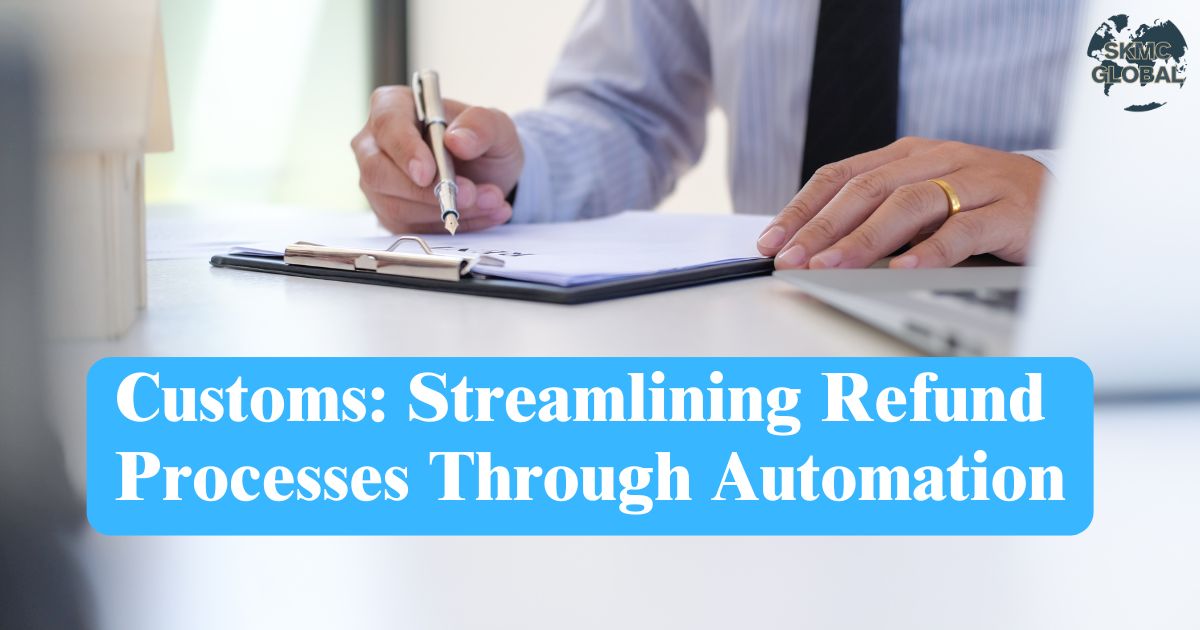 Customs Streamlining Refund Processes Through Auto...
Mar 17,2025
Customs Streamlining Refund Processes Through Auto...
Mar 17,2025
-
 Ekal Anubandh-Single Unified Multi-Purpose Electro...
Mar 06,2025
Ekal Anubandh-Single Unified Multi-Purpose Electro...
Mar 06,2025
-
 Revised guidelines on SVB assessment and its speed...
Aug 26,2021
Revised guidelines on SVB assessment and its speed...
Aug 26,2021
-
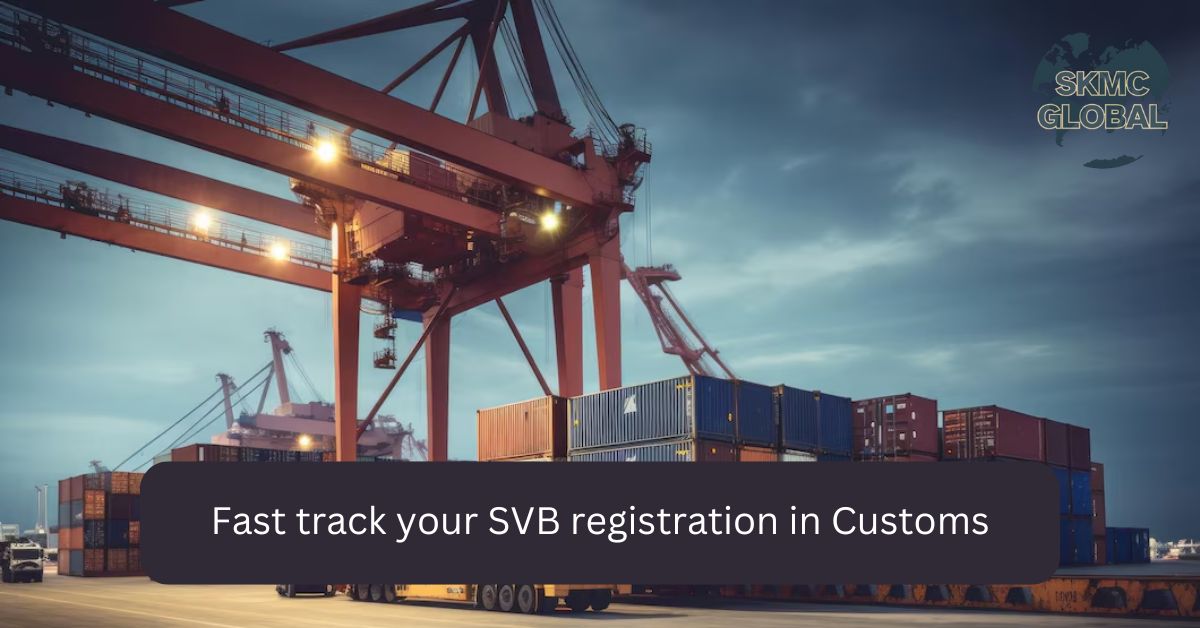 5 ways about how you can fast track your SVB regis...
Jul 21,2021
5 ways about how you can fast track your SVB regis...
Jul 21,2021
-
 AEO Registration in UAE...
Nov 16,2021
AEO Registration in UAE...
Nov 16,2021
